What to Do After a Car Accident in Tucson: Why Seeing a Chiropractor Matters
Getting into a car accident can be overwhelming physically, emotionally, and financially. Even if the crash seems minor, your body can suffer from hidden injuries that don’t always show up right away. Knowing what to do after an accident and where to get the right care is key to making a full recovery.
If you’ve recently been involved in a collision, here’s a clear guide on what to do and why seeing a car accident chiropractor in Tucson should be one of your first steps.
Step 1: Prioritize Your Safety and Health
After an accident, always make sure you and anyone else involved are safe. Call 911 if there are any injuries or danger. Once the scene is secure, seek medical attention, even if you feel “fine.” Many accident-related injuries, like whiplash or spinal misalignment, don’t become painful until hours or days later.
Step 2: Document the Scene and File a Police Report
If it’s safe to do so, take photos of the scene, the vehicles, and any visible injuries. Exchange information with the other driver and file an official accident report. This documentation will help with insurance claims and legal support if needed.
Step 3: Contact Your Insurance Company
Report the accident to your insurance provider as soon as possible. Keep a record of the claim number, the adjuster’s name, and any communication. If you’re considering legal action or were not at fault, you may also want to consult with a local personal injury attorney.
Step 4: See a Chiropractor Trained in Auto Injury Care
One of the most overlooked (but critical) steps after a car accident is visiting a chiropractor. At Ornelas Chiropractic, we specialize in helping patients recover from auto-related injuries without drugs or surgery.
Even low speed accidents can lead to serious soft tissue injuries and misalignments. If left untreated, these can cause chronic pain, mobility issues, or nerve damage.
Common Injuries Treated with Chiropractic Care:
Whiplash
Neck pain and stiffness
Lower back pain
Muscle spasms
Joint misalignment
Headaches and dizziness
Sciatica or pinched nerves
Shoulder or hip pain




